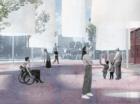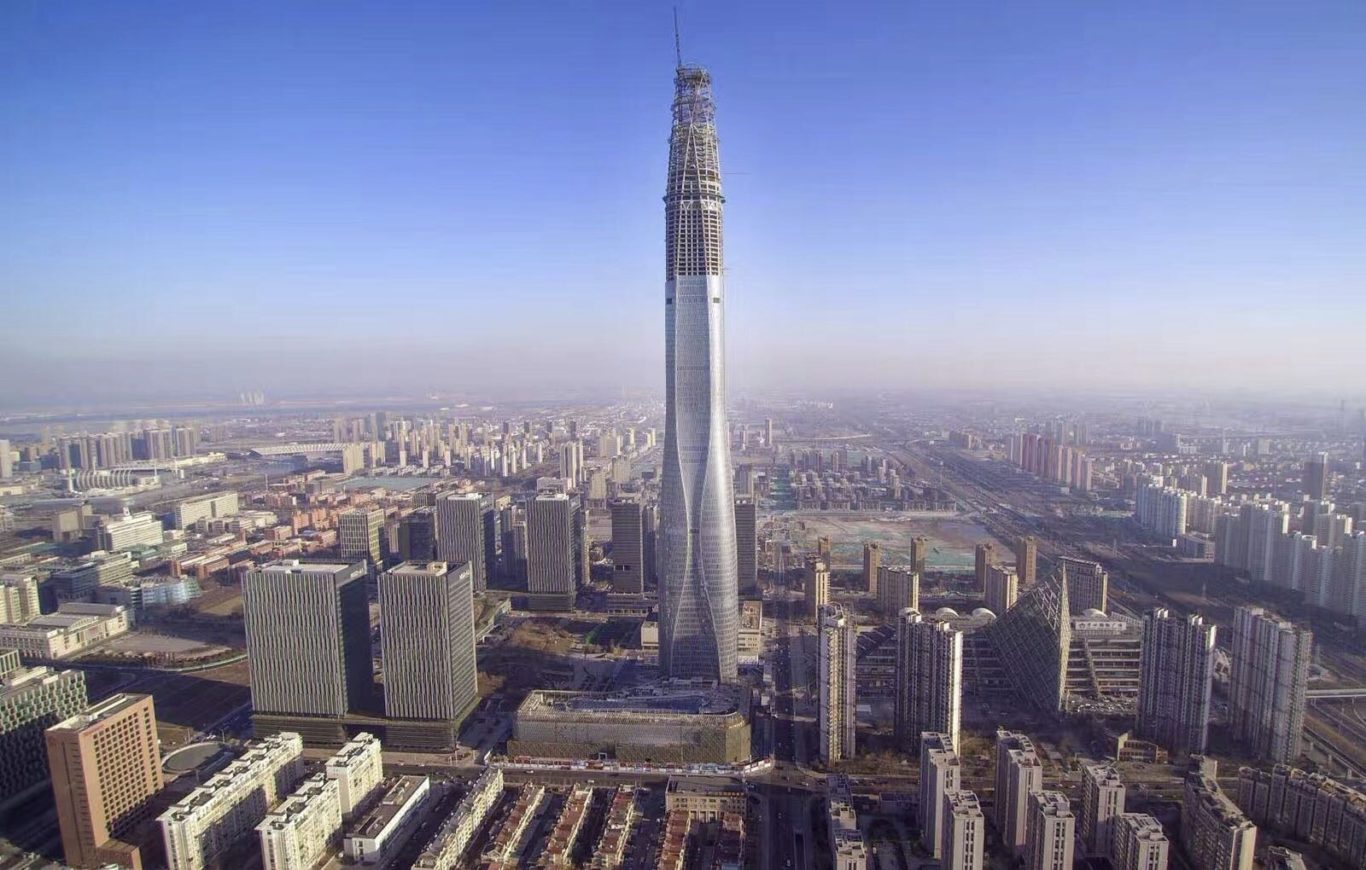
The skyline of Tianjin, China, has a new icon: the Tianjin CTF Finance Centre. The skyscraper’s final steel beam has been lifted into place — and when it opens later this year, it will become the world’s eighth-tallest building, at 530 meters. It’s a milestone for this port city and its growing urban region, now just half an hour from Beijing by high-speed rail.
The tower has a striking silhouette, defined by a series of curves that converge at an open-lattice crown. A glass facade sheaths the sinuous form of the skyscraper, making a dramatic impression as it reflects the sky.
Creating a strong presence on the skyline was certainly one of the goals, says Brian Lee, the SOM design partner in charge of the project. The tower signals the growth of an entire district: TEDA, the Tianjin Economic-Technological Development Area, located to the west of the city’s historic core.
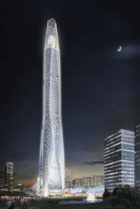
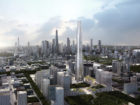
But the CTF Finance Centre achieves much more than a visual impact. SOM designed the building, first and foremost, for function and performance. “Tall buildings are significant investments of time, money, and natural resources. We believe successful architecture is measured by how well it works,” Lee says. “This design proved to be incredibly efficient in resolving all of the requirements of the project brief — from programmatic function to structural performance.”
Stacking it up
The first consideration was the tower’s mix of uses: offices, apartments, and a hotel. Each of these programs requires a different sized floor plate, so the design team stacked these functions, one on top of the other. This strategy — combined with spaces required for structure and vertical transportation, which diminish at higher building elevations — produced the tower’s tapered form, with office floors having an area of up to 3,800 square meters at the base, and the apartment and hotel floors receding to 1,800 square meters near the pinnacle.
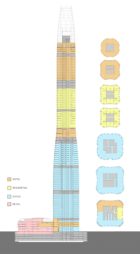
At the same time the volume of the building was being blocked out, the interdisciplinary team of SOM architects and engineers considered which structural system would be best for the 96-story tower. Rather than repurpose an existing structural design, the team saw an opportunity to push boundaries — to find a unique response to the project’s constraints.
SOM’s architects and engineers evaluated a range of possible structural systems to match the tapered form. They eventually created a hybrid design: a stepped-core-in-core structure with a sloped perimeter column system. This design resolves a number of structural challenges at once, from wind forces to earthquake safety.
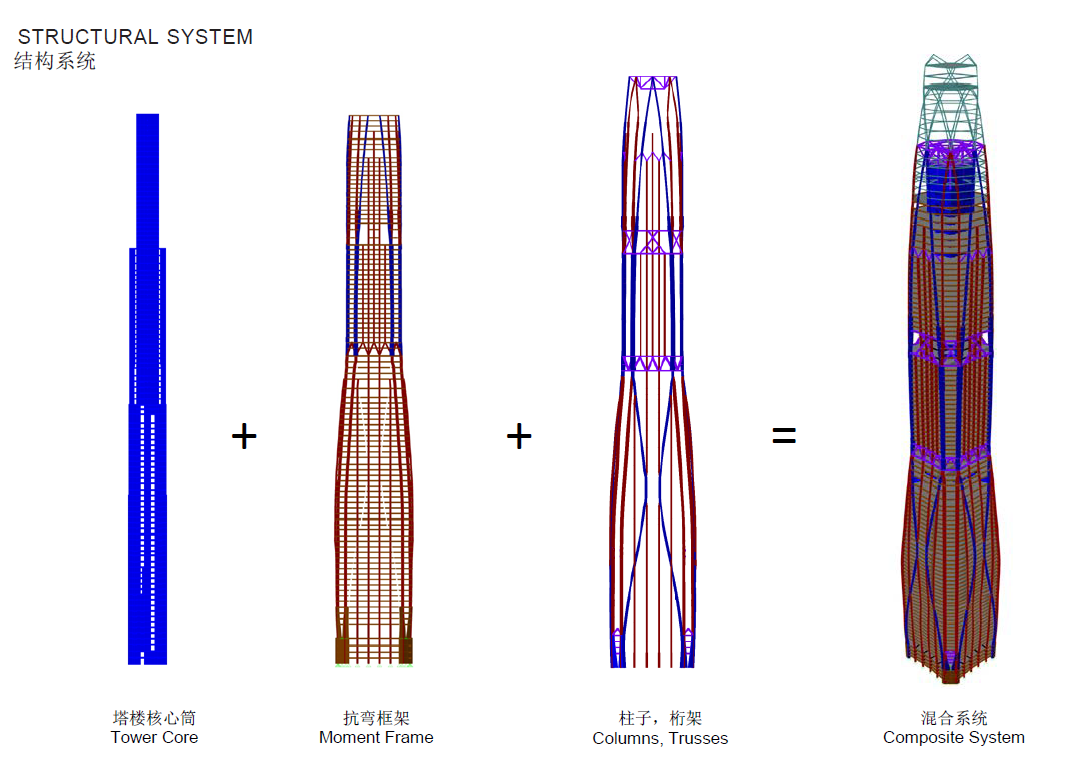
Wind engineering
One of the main considerations for any supertall tower is how it will resist wind forces. Powerful gusts of wind, reaching up to 100 miles per hour, can cause tall, slender buildings to sway. What’s more, wind against the tower can create concentrated vortices that cause the structure to vibrate — a phenomenon known as vortex shedding.
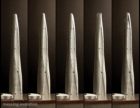
Finding the right shape for the tower can dramatically reduce these forces. The team developed multiple variations of the tapered massing. Then, the design was put to an early test — using a wind tunnel to study the effects of simulated atmospheric conditions.

“We found that the convex and concave forms helped to manage the wind forces. It was a very happy surprise,” Lee says.
The wind tunnel testing helped the team make further refinements to the design: rounded corners, a scalloped building surface, and a tapered crown. At the tower’s apex, a porous design dramatically reduces wind acceleration.
Stronger, faster, cheaper
In addition to wind forces, the team had to consider another significant risk: earthquakes. When building in an active fault zone, any structure — especially a supertall tower — must be able to withstand both wind and seismic loads.
Many towers of this size use supplemental bracing systems, called outriggers, to protect against the potential impact of an earthquake. But these systems can increase both building costs and construction time. Instead, SOM was able to devise an alternate solution — a series of massive sloped columns, integrated with the tower’s core, to make the whole structure resistant against lateral forces.
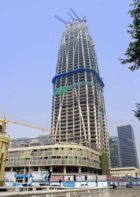
The sloped-column design proved not only faster to build than a conventional outrigger system, but also dramatically reduced the amount of building materials needed. Compared to a previous scheme created by another architect for the same project, SOM’s final design saved 19,000 tons of steel, 10,500 cubic meters of concrete, 3,900 tons of rebar — savings not only in construction cost, but also in terms of the building’s environmental impact.
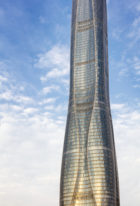
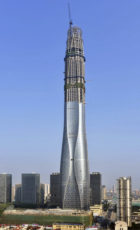
Here again, SOM found a solution that minimized cost, while enhancing the tower’s performance. The team developed a system of staggered, flat glass panels, set in a mullion system that follows the convex and concave surfaces. “It’s very innovative — definitely not your standard curtain wall,” says Thomas Kinzl, an SOM technical designer on the project.
The unusual design brought a number of advantages. The 275-millimeter-wide mullions create a low window-to-wall ratio, reducing heating and cooling costs, while providing expansive views and maximizing daylight to save on energy needs. What most visitors are apt to notice, however, is the overall visual effect. “The staggered glass panels and crescent-shaped aluminum mullions create a beautiful texture that catches the light. It gives the tower an effervescent quality that’s very striking,” Lee says.
Team work
Truly innovative towers are few and far between; the high stakes of high-rise construction usually lead clients to favor conventional designs. But the typical solution is not always the best one.
At Tianjin, SOM found a client willing to take a risk. Equally important, says Lee, was an interdisciplinary team able to integrate new ideas — from structure to facade — into a holistic design. “There isn’t any way that this building would have been achieved without a very close collaboration between architects and engineers, and even interior designers,” he says.
“We pushed for what we believed was the right idea, even though it hadn’t been done before. In the end, our client was able to get a better performing building, at a lower cost, and with a much bigger impact for the city,” Lee says.
The result is not just an icon on the skyline, but also a progressive approach to sustainable development. It signals a bright future for Tianjin, a city on the rise.


